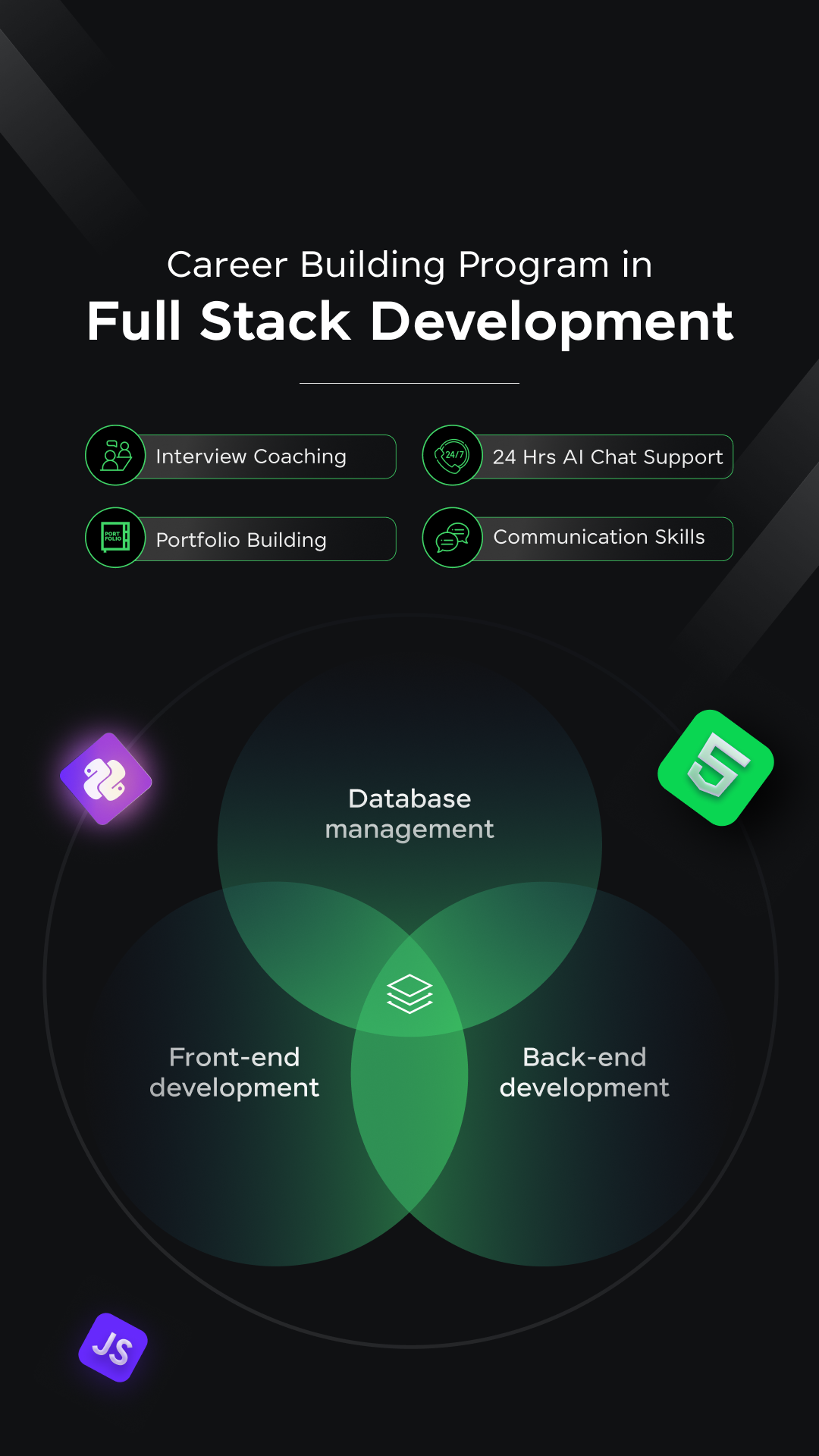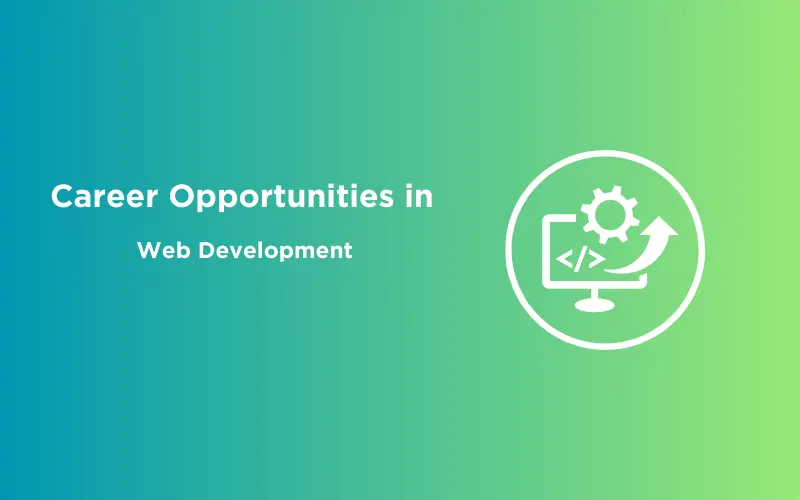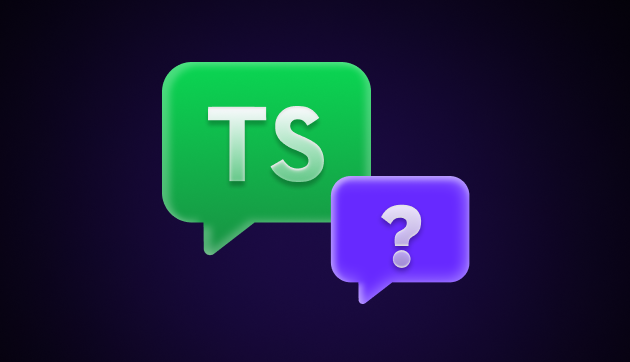![The Rise of Edge Computing in Web Development [2025] 1 Post thumbnail](https://www.guvi.in/blog/wp-content/uploads/2024/04/The-Rise-of-Edge-Computing-in-Web-Development.webp)
The Rise of Edge Computing in Web Development [2025]
Mar 15, 2025 6 Min Read 4213 Views
(Last Updated)
With the increase in the number of digital devices and internet connections, how can you ensure faster loading times of webpages, real-time streaming videos, or buffer-free video calls with your closed ones?
Web development is responsible for a website’s outlook and performance but there is one other major factor that influences the speed of it. That is edge computing in web development.
Both are different concepts altogether and you may wonder how it is related to each other. Well, you’ll find the answer to it in this article. So, make sure to read it till the end and find for yourself how edge computing in web development can enhance a website’s performance.
So, without further ado, let’s get started.
Table of contents
- Understanding Edge Computing: A Simple Guide
- The Impact of Edge Computing on Web Development
- Faster Website Performance
- Increased Reliability
- Enhanced Security
- Personalized User Experiences
- Challenges and Considerations of Edge Computing in Web Development
- Complexity of Implementation
- Security Risks
- Scalability Issues
- Latency and Performance Optimization
- Technical Skill Requirements
- Future Prospects of Edge Computing in Web Development
- Increased Integration with IoT Devices
- Advancements in AI and Real-Time Analytics
- More Personalized User Experiences
- Greener Technologies
- Enhanced Mobile Experiences
- Conclusion
- FAQs
- Can edge computing affect the security of a web application?
- What skills should web developers have to work with edge computing?
- How is edge computing cost-effective despite its high initial setup cost?
- Does edge computing replace cloud computing?
- Can edge computing be used for all types of websites?
Understanding Edge Computing: A Simple Guide
![The Rise of Edge Computing in Web Development [2025] 2 Understanding Edge Computing](https://www.guvi.in/blog/wp-content/uploads/2024/04/1-2-1200x628.webp)
Before we start discussing edge computing in web development, let us first see what edge computing is and what’s the buzz all about.
To understand it better, let us imagine you’re at a crowded concert trying to buy a snack. The traditional way would be to walk to a single food stall, possibly located far from your spot, wait in line, get your food, and walk back.
Now, what if instead, there were multiple snack counters spread throughout the venue, including one right by your seat? The latter scenario would save you a lot of time and effort, right? This is, in essence, what edge computing does for digital services.
In technical terms, edge computing involves placing smaller, local servers (these are like the snack counters) closer to users instead of relying solely on a few large data centers that might be very far away (like the single food counter).
These local servers can handle a lot of the data processing and storage necessary for the applications you use, without having to send all the information back and forth to distant servers.
Edge computing is essentially about bringing computing power closer to where it’s needed. This shift is crucial as the amount of data we produce and consume skyrockets, and our patience for delays shrinks. For you, it means faster, more reliable, and more secure use of technology, seamlessly integrated into your daily life.
Learn More: Cloud Computing vs Edge Computing: Which One is Better?
The Impact of Edge Computing on Web Development
![The Rise of Edge Computing in Web Development [2025] 3 The Impact of Edge Computing on Web Development](https://www.guvi.in/blog/wp-content/uploads/2024/04/2-2-1200x628.webp)
Now that you understand edge computing, let us see the impact created by edge computing in web development.
But before we see more about edge computing in web development, you must know web development at a basic level. If not, consider enrolling in an online certified web development course by a recognized institution that strengthens your web development fundamentals.
Let’s explore how edge computing in web development is changing the world and what that means for you when you browse the internet.
1. Faster Website Performance
Have you ever clicked on a website only to drum your fingers impatiently while waiting for it to load? This is where edge computing in web development comes to the rescue.
By processing data on local servers closer to you, websites can load faster than ever before. This means less waiting time for you, whether you’re shopping online, reading news, or streaming videos.
For web developers, edge computing reduces the reliance on distant servers, allowing them to manage website traffic more efficiently. This not only improves speed but also the overall user experience, as you get quicker responses to your clicks and interactions.
Learn More: Optimizing Website Performance: 9 Strategies for Faster Loading User Interfaces
2. Increased Reliability
Imagine you’re in the middle of an online transaction and the website suddenly goes down. With traditional web hosting, this could be a common issue if the central server faces problems.
However, edge computing in web development changes this scenario by distributing the data across many edge servers. If one server goes down, others can take over without interrupting your experience. This means you can expect a more consistent and reliable service while doing important tasks online.
For developers, this means they can promise and deliver higher uptime and reliability, making their websites more trustworthy and user-friendly.
3. Enhanced Security
Security is a major concern in the digital world. With traditional computing, all data often travels to and from a central server, increasing the risk of interception or hacking.
Edge computing in web development minimizes these risks by processing your data locally, reducing the distance it travels, and limiting exposure.
Moreover, edge computing in web development can help comply with data privacy laws. Since data can be processed and stored locally, it adheres to the specific regulations of the region, which is crucial for global services.
For you, this means your personal information is better protected and handled according to the highest legal standards.
Also Read: Learning the basics of Ethical Hacking: A Guide
4. Personalized User Experiences
Have you noticed how some websites seem to know exactly what information you need or what products you might like? Edge computing in web development can enhance these personalized experiences by analyzing your data in real-time, right at the local server.
This allows websites to tailor content specifically for you, making your online experiences more relevant and engaging.
For web developers, this means they can design more sophisticated, responsive websites that adapt to user preferences and behaviors, ultimately increasing user satisfaction and engagement.
For you as a user, edge computing in web development means faster, more reliable, secure, and personalized web experiences. Next time you’re online noticing how quickly a video loads or how smoothly your online shopping session goes, remember that there might be edge computing working behind the scenes.
For web developers, embracing edge computing in web development is about staying ahead in a competitive field. It’s about ensuring that the websites they build are not just functional but are also fast, reliable, and secure.
Explore: 5 Tips For Secure Coding Practices in Full Stack Development
Challenges and Considerations of Edge Computing in Web Development
![The Rise of Edge Computing in Web Development [2025] 4 Challenges and Considerations of Edge Computing in Web Development](https://www.guvi.in/blog/wp-content/uploads/2024/04/3-2-1200x628.webp)
While edge computing in web development offers a wide range of benefits, such as faster loading times and improved data security, it also comes with its own set of challenges and considerations.
Understanding these can help you appreciate the complexities of what web developers face when deploying this technology. Let’s explore the challenges and considerations of edge computing in web development.
1. Complexity of Implementation
Introducing edge computing into a web application isn’t as straightforward as flipping a switch. It requires a complex network of servers and the right infrastructure to ensure data is handled efficiently across various points. For developers, this means:
- Setup and Maintenance: Setting up edge servers and maintaining them requires a lot of technical know-how and resources. Each server must be configured correctly and consistently, which can be quite challenging.
- Network Management: Managing the network traffic between these servers and ensuring that data flows efficiently without bottlenecks or data loss is critical. This often involves sophisticated networking strategies that can be complex to implement.
Know About 7 Unique Web Development Project Ideas for Beginners
2. Security Risks
While edge computing in web development can enhance security by localizing data processing, it also expands the potential attack surface. Each server in different locations needs to be secured, and the more servers there are, the more opportunities there might be for security breaches.
- Data Privacy and Protection: Ensuring that all local servers comply with regional data protection regulations (like GDPR in Europe or CCPA in California) can be tricky, especially when data crosses international borders.
- Consistent Security Measures: Applying uniform security measures across all servers to prevent unauthorized access is a continual challenge that requires constant vigilance and updates.
3. Scalability Issues
Edge computing in web development is meant to scale according to demand, but scaling out infrastructure to multiple edge locations can be resource-intensive and expensive.
- Cost: The initial setup cost for multiple servers and their maintenance can be high. While it might save money in bandwidth and improve performance, the upfront investment is significant.
- Dynamic Scaling: Dynamically adjusting resources to meet varying loads, especially in geographically dispersed servers, requires advanced automation and monitoring tools.
Also Read: Top 9 Web Development Tools
4. Latency and Performance Optimization
Although one of the key benefits of edge computing in web development is reduced latency, achieving this consistently across all user interactions can be challenging.
- Uneven Performance: Depending on where you are located and where the nearest edge server is, your experience might differ from someone else in a different location. Developers must ensure that performance is optimized no matter where the servers and users are.
- Hardware and Software Limitations: Edge servers might not be as powerful as traditional data centers, which can limit what can be done locally at the edge. Balancing the workload between edge and central servers to optimize performance requires careful planning and testing.
5. Technical Skill Requirements
The shift to edge computing in web development requires developers to have a broad set of skills, including expertise in cloud computing, network management, and security.
- Continuous Learning: As edge technologies evolve, developers must keep up with new tools and approaches, which requires ongoing education and training.
These are some of the challenges and considerations that developers should keep in mind while moving to edge computing in web development.
Explore More: The Role of DevOps in Full Stack Development
Future Prospects of Edge Computing in Web Development
![The Rise of Edge Computing in Web Development [2025] 5 Future Prospects of Edge Computing in Web Development](https://www.guvi.in/blog/wp-content/uploads/2024/04/4-2-1200x628.webp)
As technology continues to evolve, edge computing is becoming a critical component in shaping the future of web development. This shift is not just about faster websites or more secure transactions—it’s about fundamentally changing how data is processed and services are delivered online.
Let’s look at what the future might hold for edge computing in web development.
1. Increased Integration with IoT Devices
The Internet of Things (IoT) is rapidly expanding, and edge computing is set to play a pivotal role in this growth. IoT devices, like smart home appliances, wearable health monitors, and connected cars, generate vast amounts of data. Processing this data on the edge—close to where it’s created—means faster responses and improved functionality.
Also Explore: Top 17 Best IoT Project Ideas
2. Advancements in AI and Real-Time Analytics
Edge computing in web development is expected to enhance the capabilities of artificial intelligence (AI) systems, particularly in processing data in real-time.
By handling complex computations locally, AI applications can perform tasks more quickly and efficiently, from real-time language translation to on-the-spot decision-making in autonomous vehicles.
Find Out 6 Best AI Tools for Coding
3. More Personalized User Experiences
As edge computing in web development evolves, it will allow web developers to create highly personalized user experiences. By processing data locally, websites and applications can tailor content dynamically to match your preferences and behavior without the lag of connecting to distant servers.
4. Greener Technologies
Edge computing in web development can also lead to more environmentally friendly technologies. By reducing the need to constantly send data to and from large, centralized data centers, edge computing can decrease the overall energy consumption of networks. Additionally, local processing can lead to more efficient systems that require less power to operate.
5. Enhanced Mobile Experiences
As mobile internet usage continues to outpace desktop usage, edge computing in web development will become increasingly important. Mobile users often suffer from slower connections and higher latency. Edge computing can mitigate these issues by bringing data processing closer to the mobile user, and enhancing the performance of mobile apps and web services.
If you want to learn more about edge computing in web development, then consider enrolling in
GUVI’s Certified Web Development Career Program not only gives you theoretical knowledge but also practical knowledge with the help of real-world projects.
Also Read: Advanced Debugging Techniques For Full Stack Development
Conclusion
In conclusion, edge computing is transforming web development by enhancing performance through localized data processing, increasing reliability and security, and offering personalized user experiences.
It addresses the challenges of implementing complex, scalable systems while preparing for future integration with IoT and AI advancements.
As web developers adapt to these changes, users can enjoy faster, more reliable, and more interactive online experiences. Ultimately, edge computing not only accelerates the capabilities of web technologies but also aligns with evolving user expectations and the shift towards more dynamic, responsive, and efficient web environments.
Find Out The Scope of Web Development in 2025
FAQs
Yes, by processing data locally, edge computing can enhance data security, reducing the risk of data interception during transmission. However, it also increases the attack surface due to more endpoints.
Developers should understand distributed systems, network security, and cloud services management, alongside traditional web development skills.
It reduces ongoing operational costs like bandwidth and long-term data storage and improves scale efficiency, potentially offsetting the initial investment over time.
No, it complements cloud computing by handling data processing tasks closer to the data source while still leveraging the cloud for overarching storage and large-scale processing.
While beneficial for dynamic content and applications requiring quick data processing, static sites with less interactive content may not see as much benefit from edge computing.






















![How to Become a Web Developer Without a Degree: A Beginner's Guide [2025] 6 web developer without a degree](https://www.guvi.in/blog/wp-content/uploads/2025/05/How-to-Become-a-Web-Developer-Without-a-Degree.png)

![What is ReactJS? A Beginner's Guide [2025] 8 what is reactjs](https://www.guvi.in/blog/wp-content/uploads/2025/04/What-is-ReactJS_-A-Beginners-Guide.png)





![Top 12 Best Web Development Projects for All Techies [With Source Code] 13 web development project](https://www.guvi.in/blog/wp-content/uploads/2023/08/Feature-Image.webp)

Did you enjoy this article?